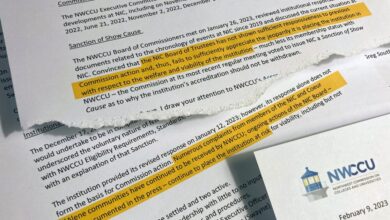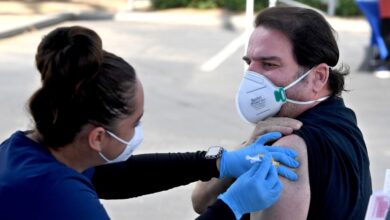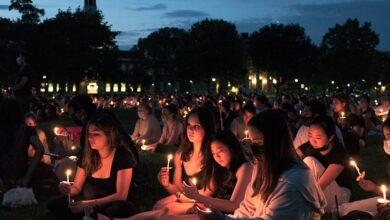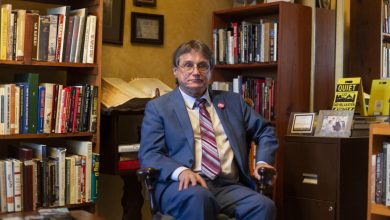Colleges Can Overestimate Their Students’ Tech Savvy. This Campus Has a Plan to Improve Digital Literacy.
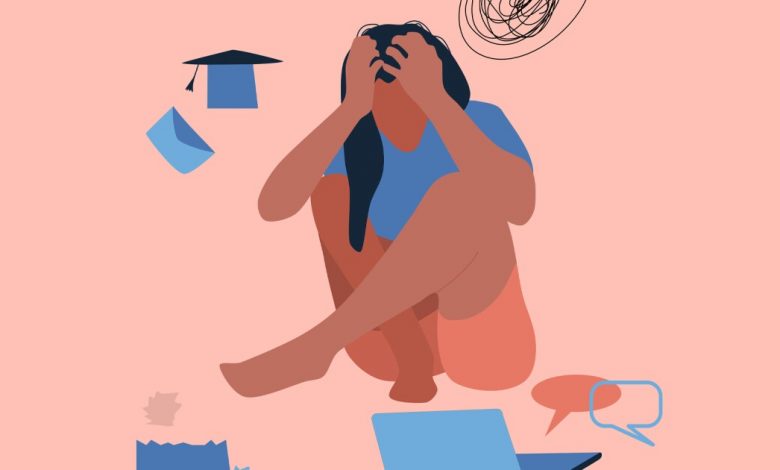
[ad_1]
One student labors to write essays because they struggle with typing. Another scrambles to complete assignments on time because they don’t know the campus has fast, designated Wi-Fi. Yet another grasps the course material, but doesn’t know how to take notes in their digital textbook.
These are just a few scenarios that administrators and faculty members at California State University at Northridge have found some students face — a reality check that’s informing new digital-literacy projects on the campus. In a spring survey of more than 200 students across grade levels on what tech competencies needed sharpening, 91 percent listed basic computer skills.
Gaps in digital literacy — broadly defined as the ability to navigate and use technology to its fullest extend — are not unique to Cal State at Northridge. Even before tech became inextricably woven into classes during the pandemic, a 2016 Educause report found that nationwide, nearly four in 10 students wished they’d been better prepared for institution-specific technology, including learning-management and course-registration systems.
Such gaps can have grave implications for student performance, said Joyce Marie Brusasco, a lecturer on the campus. They can lead to late assignments, a deflated sense of belonging and self-esteem, and “derailed” college goals.
Yet digital literacy is often an afterthought for colleges because of misconceptions around how much students know about the technologies colleges are adopting, said Helen Heinrich, interim associate vice president of academic technology at Cal State at Northridge.
“There is this gap between the assumptions” institutions make — that social-media-savvy students are inherently tech savvy — “and the realities from the student perspective,” she said.
At Cal State at Northridge, the need for real-time intervention felt urgent. The university last spring piloted a “peer to peer” educational model, hiring a handful of student “digital ambassadors” to post TikTok-like videos on Instagram on how to access tech-related resources on the campus. One video shows a student ushering viewers with him across the campus to the bookstore, where the university provides free iPads.
This model was born from understanding that students won’t necessarily seek out adults for assistance. In a 2017 Educause survey, just one-quarter of students listed university help-desk services as a top resource they’d go to with tech troubles. But more than half — 51 percent — cited their friends.
“They learn more from each other than us, because we’re the authority” figures, and there may be a stigma against asking for help, said Brusasco, a lecturer in the family and consumer-sciences department who co-ran the student surveys. “It’s not as intimidating when a peer is saying, ‘Let me show you.’”
Early Success
Heinrich’s team spent about $10,000 from an internal grant to hire a handful of students to create the Instagram posts. They recruited students with a “robust” social-media presence, an innate interest in technology, and some video-editing skills.
Then, the staff compiled broader student input: First from 80 students in the fall of 2021, and again from 212 students this past spring. (The surveys, to note, were “informal”; two faculty members, Brusasco and her colleague Autumn Fabricant, passed them out to students in their courses for extra credit.)
The responses weren’t all that surprising, both Brusasco and Fabricant acknowledged. Many that Brusasco read, including trouble with converting files to the correct format and uploading assignments to the learning-management system Canvas, tracked closely with what she’s observed in the classroom.
Often, “They’re taking their documents from their Google Docs on their app” on their phone “and trying to upload it to the LMS,” she said. The formatting “gets all wonk-a-doodle.”
So are these videos getting through to students? While the project is still in its nascent stages, Heinrich said early data look promising.
In February, for example, after posting a video on how and where to check out free loaner devices on campus, Cal State at Northridge saw a 196-percent increase that month in iPad checkouts, a 25-percent increase in laptop checkouts, and a 47-percent increase in hotspot checkouts.
“With the results that we’ve had … we are convinced that this is the way to go,” Heinrich said.
Fabricant, a former freshman-seminar lecturer who’s now the campus’s student-success and equity coordinator, has seen the success of the peer-support model in action, too.
She recalled an instance last school year when a student answered a classmate’s question about whether they could highlight and take notes on their digital textbook in the Canvas system.
“She pulled up her phone, was able to take a screencast of it,” and shared it with the whole class, Fabricant said. “I was like, ‘This is amazing.’”
Room to Grow
While Heinrich said it’s still “a bit early” to say student digital ambassadors are a permanent fixture at CSU-Northridge — the work is not “self sustaining” and requires dedicated staff resources to manage and supervise students — the plan for now is to continue.
And there’s room to grow. A good chunk of the student-produced social-media posts thus far have focused on amplifying tech resources on the campus, like the free iPads. The intention this summer and fall semester is to run through more of the topics highlighted in the surveys, and to align posts with scheduled technology changes, such as a website redesign and a new campus portal.
Brusasco’s wish, she said, is to complement this bite-size content with more in-depth, student-led workshops on topics like converting and uploading files.
Madison Cabrera, a junior and a digital student ambassador, said she’d like to see more brainstorming around ways to expand the social-media posts’ reach — perhaps by adding platforms like Twitter and TikTok, where she knows a lot of her peers spend time scrolling.
Depending on the post, the number of Instagram accounts reached has ranged from more than 500 to nearly 10,000. (It’s not clear what proportion of those accounts are students at Cal State at Northridge.)
Cabrera could envision the peer-to-peer resource extending beyond technology, too — like sharing the best places for students to study on campus.
“It’s good to talk about tech,” she said. “It’s also good to talk about everything else that we have.”
[ad_2]
Source link


